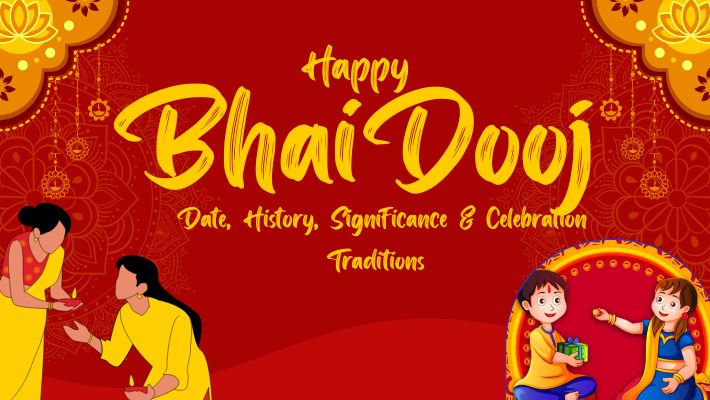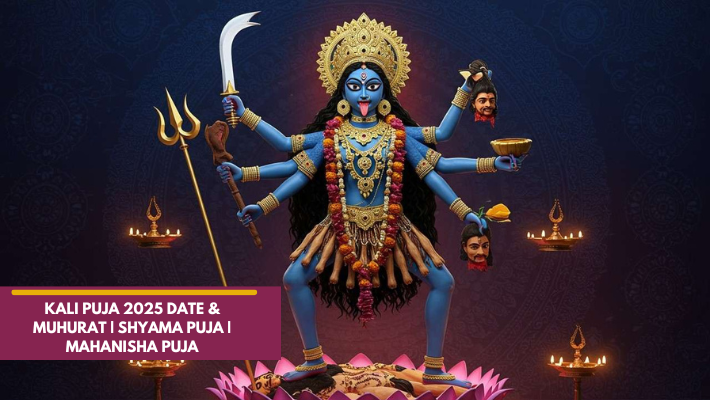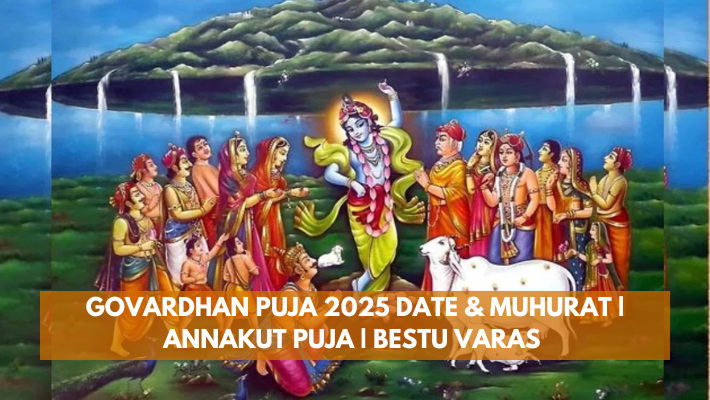Chhath Puja 2025: A Complete Guide to Dates, Four-Day Rituals, and Spiritual Significance
Chhath Puja 2025 is one of the most sacred Hindu festivals dedicated to Lord Surya (the Sun God) and Chhathi Maiya. It is primarily celebrated in the Indian states of Bihar, Jharkhand, Uttar Pradesh, and parts of Nepal, but in recent years, its observance has spread across India and among the Indian diaspora worldwide.
In 2025, Chhath Puja will begin on Saturday, October 225, 2025, and end on Tuesday, October 28, 2025, spanning four days of devotion, fasting, and rituals.
Chhath Puja 2025 Dates and Tithi
- Day 1 – Nahay Khay: Saturday, October 25, 2025
- Day 2 – Kharna: Sunday, October 26, 2025
- Day 3 – Sandhya Arghya (Evening Offering): Monday, October 27, 2025
- Day 4 – Usha Arghya (Morning Offering): Tuesday, October 28, 2025
Main Puja Days: October 27 (Sandhya Arghya) and October 28 (Usha Arghya)
Significance of Chhath Puja
Chhath Puja is a festival of gratitude and purity, where devotees thank Lord Surya for sustaining life on Earth and seek his blessings for health, prosperity, and happiness. The worship of Chhathi Maiya, believed to be the sister of Lord Surya, symbolizes fertility, well-being, and protection of children.
This ancient Vedic festival is unique for its eco-friendly rituals and deep-rooted connection to nature. It is also one of the few Hindu festivals where devotees worship both the setting and rising sun, signifying the cyclical nature of life.
What is Chhath Puja?
Chhath Puja is a festival of profound spiritual discipline, austerity, and deep connection with nature. It is the only major Hindu festival that involves no idol worship and focuses entirely on the solar deity, highlighting the vital role of the sun and water bodies in sustaining life.
Key Significance:
- Gratitude: Expressing thanks to the Sun God for sustaining life on Earth.
- Prosperity and Health: Seeking blessings for the longevity, health, and prosperity of the family, particularly the children.
- Purification: The rituals and the rigorous 36-hour fast are believed to detoxify the body and mind, spiritually cleansing the devotee, or Vrati.
- Eco-Friendliness: The festival emphasizes purity and environmental cleanliness, with rituals performed near clean water bodies and offerings being natural and biodegradable.
Rituals and How to Celebrate: A Day-by-Day Guide
Chhath Puja spans four spiritually enriching days, each with special significance and rituals:
Nahay Khay (Day 1)
Devotees begin by bathing in a holy river or water body and cleaning their homes. They consume only one meal prepared with utmost purity—usually rice, dal, and bottle gourd (lauki) cooked in ghee.
- Purification: The Vrati (devotee, usually a woman) takes a holy dip, traditionally in a sacred river like the Ganga, or any clean water body, signifying physical and spiritual cleansing.
- Meal: The Vrati consumes a single Satvik (pure vegetarian) meal prepared without onion, garlic, or non-vegetarian ingredients, typically Kaddo-Bhaat (bottle gourd and rice with chana dal). This is the last meal before the fast begins on Day 2.
- Cleanliness: The entire house and the path to the Ghat (riverbank) are thoroughly cleaned.
Kharna (Day 2)
This marks a day-long fast without water, ending after sunset with a simple offering of kheer (sweet rice pudding), fruits, and chapati. The fast symbolizes purification of the body and soul.
- Fast: A rigorous Nirjala Vrat (fast without water) is observed from sunrise to sunset.
- Worship & Meal: In the evening, the Vrati worships Chhathi Maiya and breaks the day’s fast by eating Kharna Prasad, a special preparation of Rasiyaw (sweet rice pudding made with jaggery and milk) and chapati (roti).
- The Main Fast Begins: The 36-hour waterless fast begins immediately after consuming the Kharna Prasad and continues until the morning of Day 4.
Sandhya Arghya (Day 3)
On this day, devotees prepare prasad like thekua, kasar, malpua, and fruits. In the evening, they gather on riverbanks or ponds to offer “arghya” (water offering) to the setting sun, accompanied by devotional songs and prayers.
- Preparation: Families meticulously prepare the Prasad (offerings), most famously Thekua (a thick, sweet wheat cookie), and arrange them beautifully in Soops (bamboo winnowing baskets).
- The Ritual: In the evening, the Vrati and family members gather at the banks of a river, pond, or a makeshift water body. The Vrati stands waist-deep in water and offers the first Arghya (offering of water and milk) to the setting sun while holding the soops of offerings.
- Atmosphere: The ghats are illuminated by thousands of earthen lamps (diyas), and the air is filled with traditional Chhath folk songs (Chhath Geet).
Usha Arghya (Day 4)
The festival concludes with offerings to the rising sun the next morning. Devotees stand in water to offer prayers, completing 36 hours of fasting. After this, they break their fast (paran) and share prasad with family and community members.
- The Final Offering: Before dawn, the Vrati and family return to the water body to offer the final Arghya to the rising sun . This ritual marks the culmination of the most intense period of devotion.
- Parana (Breaking the Fast): After offering the morning Arghya and receiving blessings from the goddess, the Vrati breaks the 36-hour fast by consuming the Prasad and a sip of water or milk.
- Prasad Distribution: The holy Prasad is then widely distributed among family, friends, and neighbors, concluding the four-day festival with a celebration of life and gratitude.
Cultural and Regional Importance
Chhath Puja is not just a festival but a mass celebration of faith, discipline, and unity. It brings together people from all backgrounds to the ghats, singing traditional Chhath geet and lighting lamps in reverence. The festival also promotes cleanliness, vegetarianism, and respect for natural elements, aligning with sustainable living values.
How to Celebrate at Home
If you cannot visit the riverbanks, Chhath Puja can be performed at home by:
- Creating a small water area or using a clean vessel for arghya.
- Decorating the puja area with lamps and banana leaves.
- Preparing traditional prasad with purity and devotion.
- Following the fasting and prayer rituals sincerely.
The Spirit of Chhath Puja
The power of Chhath Puja lies in its discipline, simplicity, and devotion. It transcends religion and region, uniting millions through faith and gratitude toward nature. The rising and setting sun symbolize hope, balance, and the eternal cycle of life, making the festival a timeless celebration of human resilience and spirituality.




